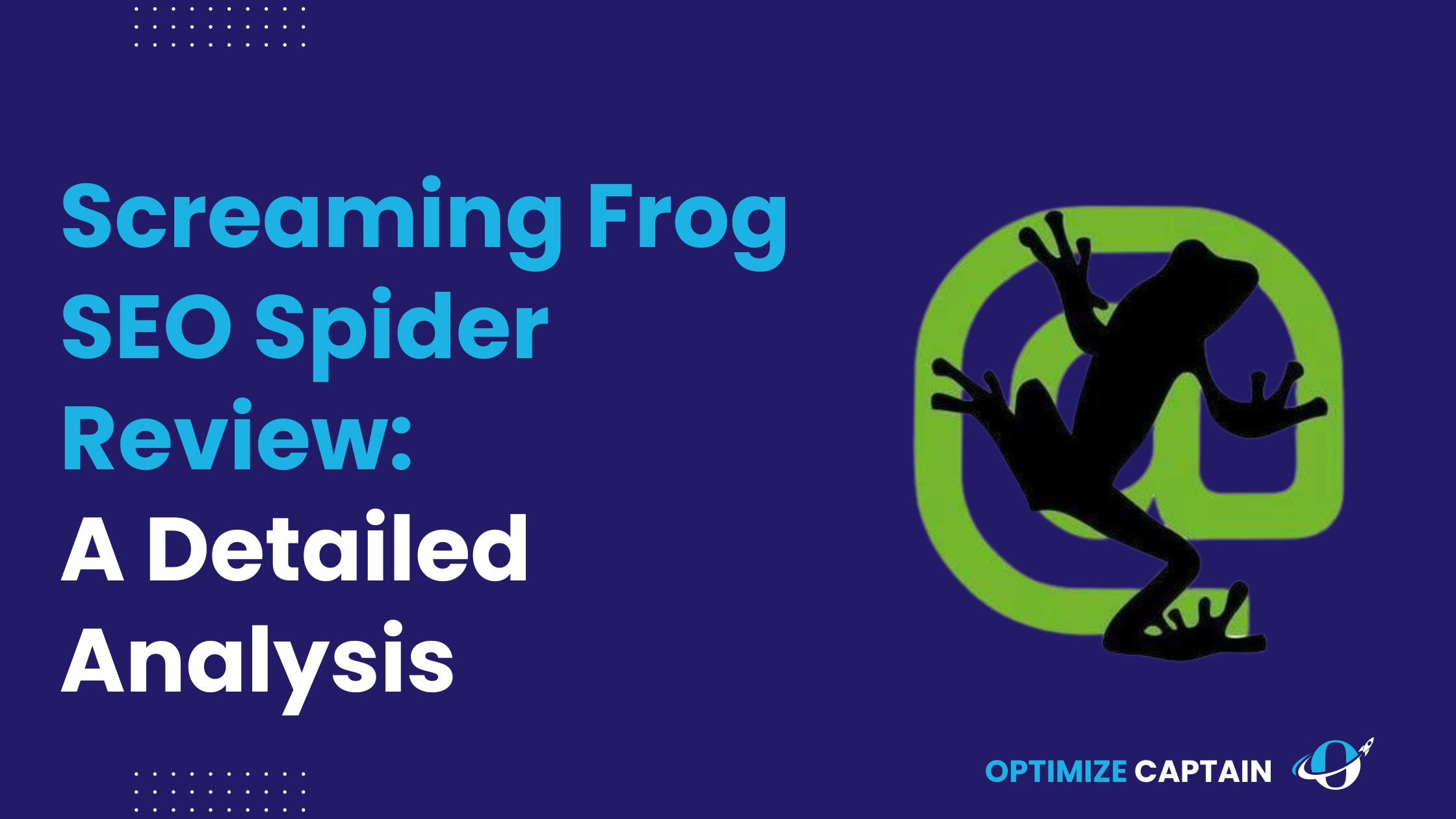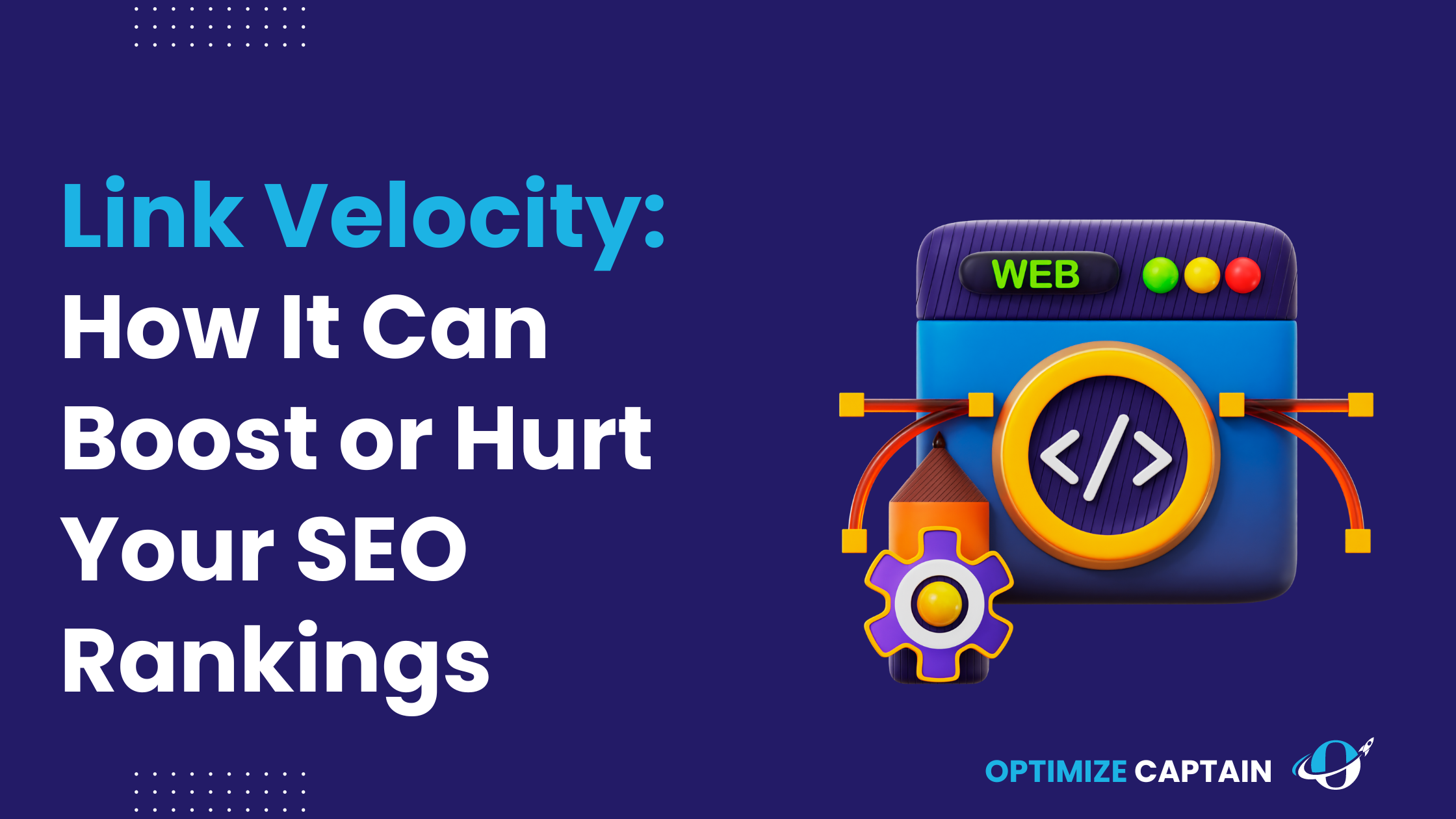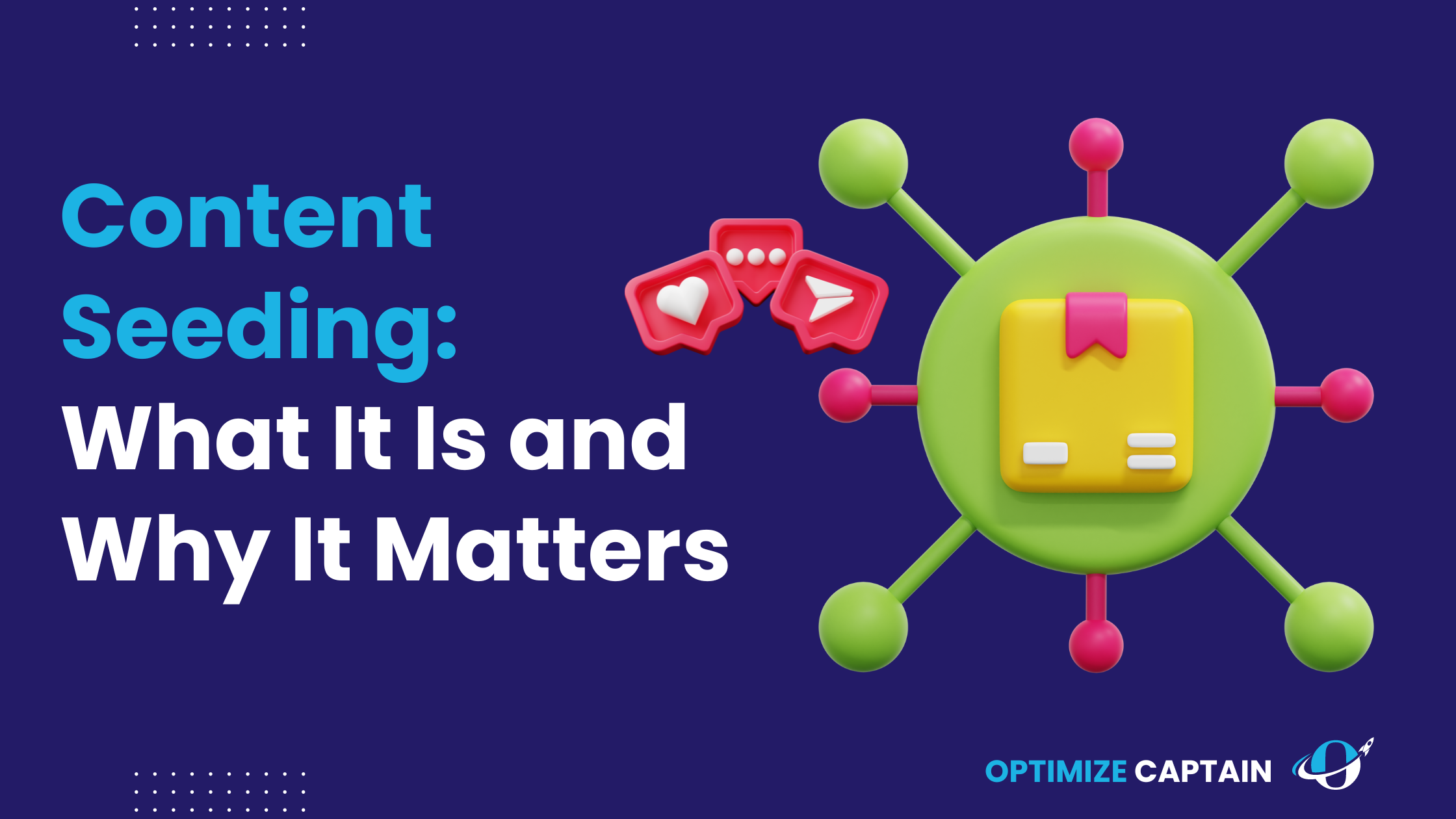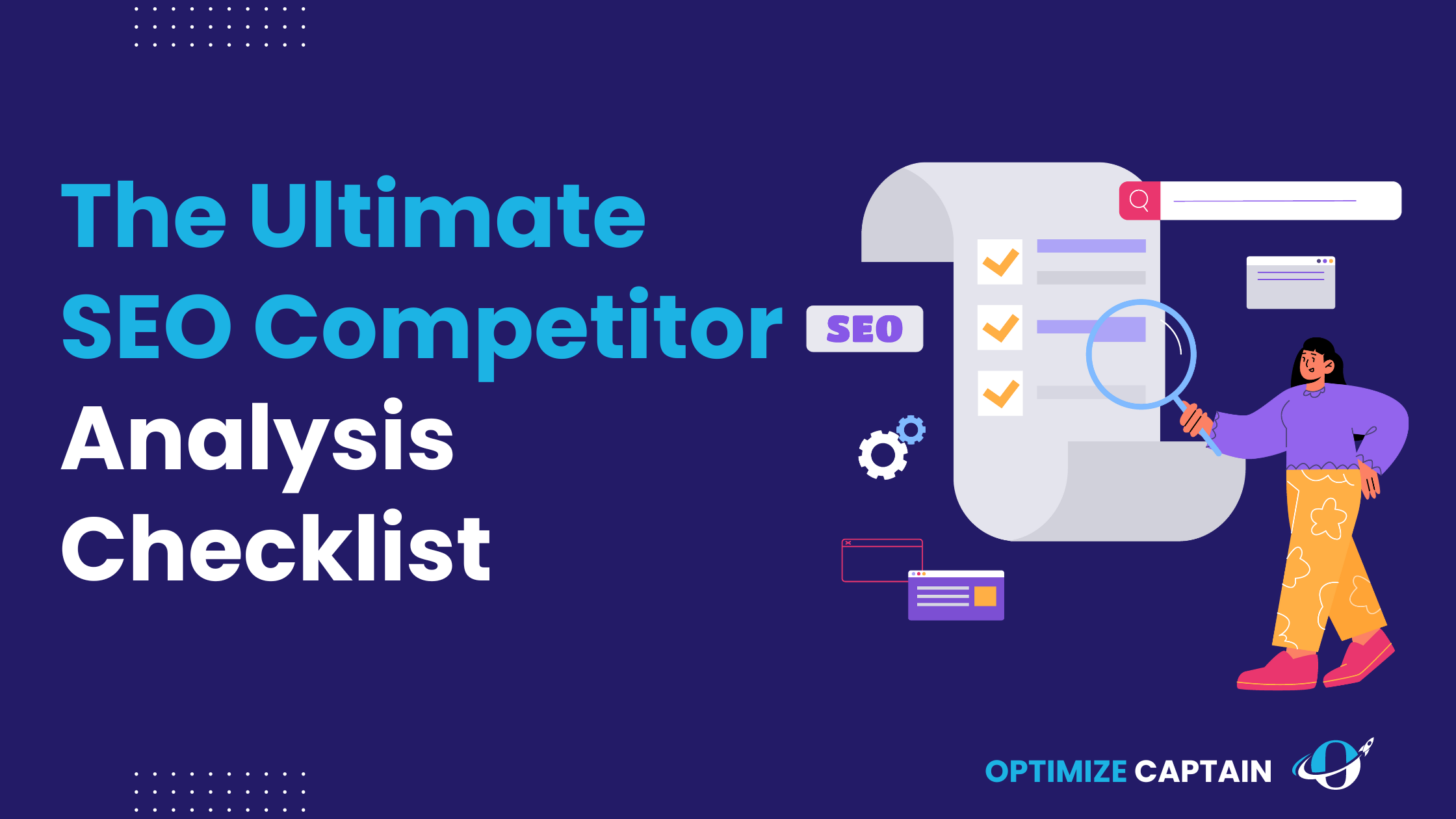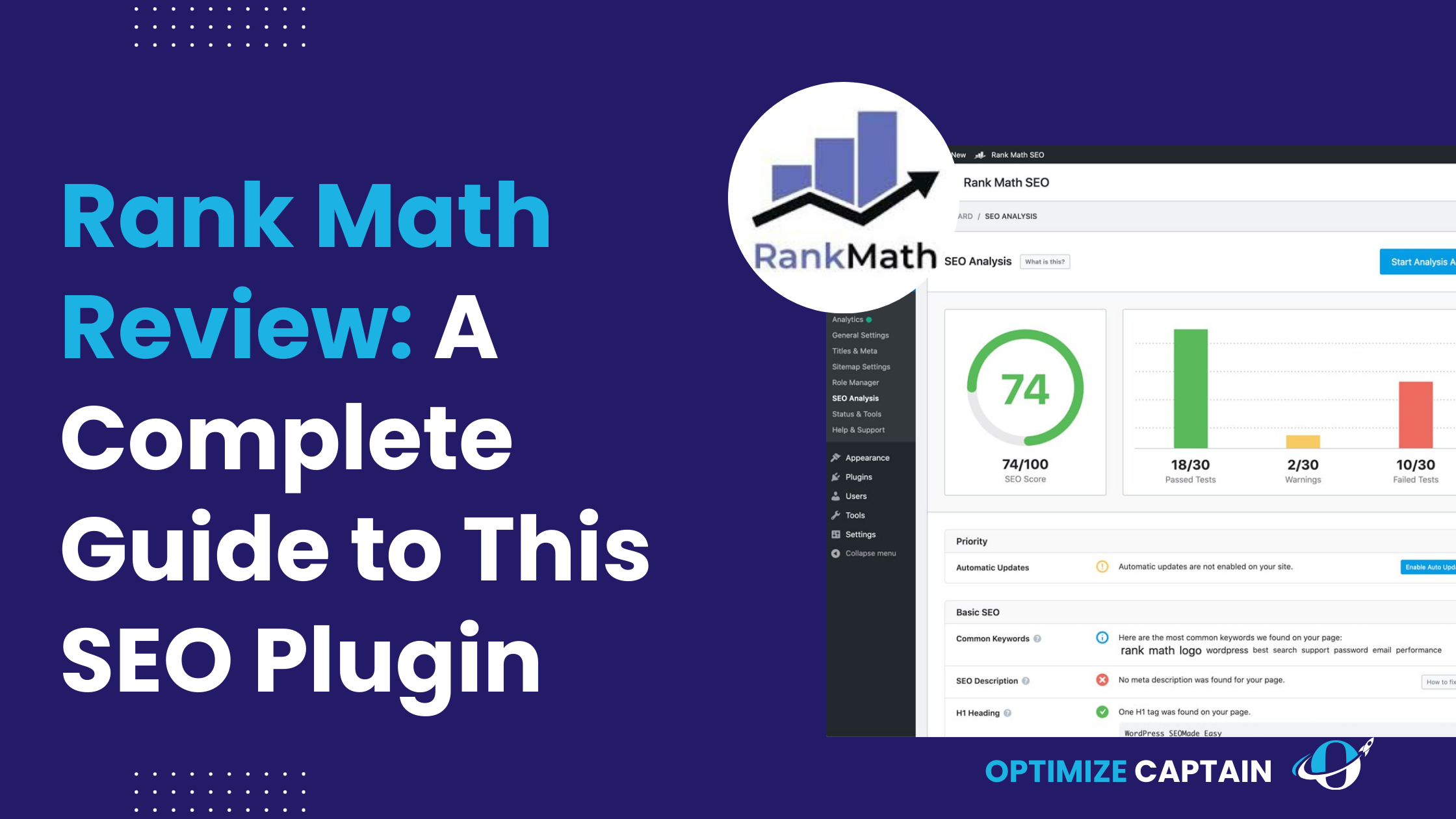In SEO, having the right tools can make all the difference between a successful strategy and one that falls flat. Enter Screaming Frog SEO Spider, a powerful website crawler that has gained a loyal following among SEO professionals for its ability to provide in-depth audits and analysis. Whether you’re working on a small website or a large-scale enterprise project, Screaming Frog offers the flexibility to address various SEO challenges.
In this detailed review, we’ll discuss everything you need to know about Screaming Frog SEO Spider, from its core features to its pros and cons and how it compares with competitors in the ever-crowded SEO tool space. Keep reading if you’re wondering whether this tool is worth adding to your SEO toolkit.
Related Read: Best SEO Tool For SaaS Businesses
What is Screaming Frog SEO Spider?
Screaming Frog SEO Spider is a desktop-based website crawler that allows you to scan and audit websites for SEO-related issues. Launched in 2010 by Screaming Frog, a UK-based SEO agency, the tool quickly became a go-to for SEO professionals needing in-depth audits of websites.
The key appeal of Screaming Frog lies in its ability to crawl websites and identify critical SEO issues such as broken links, duplicate content, meta tags, and more. This is especially useful for larger websites, where manually checking each page is time-consuming and prone to error.
The tool is favoured by SEO agencies, webmasters, and in-house SEO teams working on medium to large websites. It simplifies identifying technical SEO issues that could negatively impact your site’s performance, allowing users to address these issues proactively.
Key Features of Screaming Frog SEO Spider
Screaming Frog SEO Spider boasts a rich set of features designed to help SEO professionals conduct thorough audits and gain deep insights into their websites. Below, we’ll explore these key features in greater detail, showing how they can be utilized to optimize your website for search engines.
1. Website Crawling
At the heart of Screaming Frog is its powerful website crawling functionality. This feature allows users to scan and analyze websites at a granular level, collecting data on every page, image, CSS, JavaScript file, and even PDFs linked within the site.
What makes this feature stand out is its flexibility and customizability. You can specify precisely what Screaming Frog should crawl. For example, you can crawl only specific URL structures, such as subdomains or folders, or exclude specific parameters like session IDs. This level of control ensures that you only gather relevant data, which is crucial for large or complex websites where only some URLs are essential for SEO.
Furthermore, the crawling feature can handle millions of URLs, making it ideal for enterprise-level websites. Unlike many other crawlers that slow down or crash when processing many URLs, Screaming Frog remains robust and efficient. It uses multi-threaded crawling, allowing it to process multiple pages simultaneously, significantly speeding up the crawl process.
Use Case Example:
A digital marketing agency managing a retail website with thousands of product pages can use Screaming Frog to crawl the entire site, identifying critical SEO issues like broken links or slow-loading pages, which might otherwise be missed in a manual review.
2. SEO Audit Capabilities
Screaming Frog excels in conducting in-depth SEO audits to identify technical issues that could hold back your website’s organic rankings. After crawling a website, Screaming Frog automatically flags the following common SEO problems:
Broken Links: The tool detects all instances of broken internal and external links, ensuring that you can fix 404 errors that negatively affect user experience and SEO.
Redirect Chains: If your website has too many redirects in a sequence (i.e., redirect chains), it can slow down page loading times and confuse search engines. Screaming Frog identifies these chains, enabling you to clean them up and ensure smoother site navigation.
Duplicate Content: Search engines penalize websites with duplicate content. Screaming Frog pinpoints exact URL matches or similar content issues that can lead to indexing problems, ensuring that your site stays in good SEO.
Missing or Duplicate Meta Tags: Meta tags (including titles, descriptions, and canonical tags) are critical for search engine optimization. Screaming Frog scans every page of your website, identifying missing, duplicate, or incorrectly formatted meta tags that could harm your rankings.
Page Load Times: Speed is an increasingly important ranking factor, especially on mobile. Screaming Frog provides insight into page load times, flagging any URLs that take too long to load. This gives you the opportunity to optimize performance and reduce bounce rates.
In addition to identifying issues, Screaming Frog provides actionable insights. It doesn’t just tell you what’s wrong and shows you exactly where the problems lie, helping you quickly fix them.
Use Case Example:
An e-commerce business could run a comprehensive audit before a major sales event. Screaming Frog can flag slow pages, missing alt tags for product images, or duplicate meta descriptions, which could be optimized to improve search visibility and user experience before the big day.
3. Integration with Google Analytics & Search Console
One of the most powerful aspects of Screaming Frog is its integration with Google Analytics and Google Search Console. These integrations take the tool’s SEO auditing capabilities to another level by pulling additional performance data directly from Google’s systems.
Google Analytics Integration: By connecting your Google Analytics account, you can overlay key metrics such as user sessions, bounce rates, and conversion goals directly onto your crawled pages. This helps you assess the true impact of technical SEO issues on user behavior. For instance, you could analyze whether pages with broken links or slow loading times have higher bounce rates, indicating a direct connection between SEO issues and poor performance.
Google Search Console Integration: With Google Search Console, Screaming Frog can also pull in data related to impressions, clicks, and average ranking positions. This is crucial for understanding how individual pages perform in the SERPs (Search Engine Results Pages). You can correlate technical issues with a drop in rankings or impressions, showing how fixing these issues could positively impact your organic traffic.
Use Case Example:
A content-heavy blog can use these integrations to not only identify pages with missing meta descriptions or titles but also see how those pages are performing in terms of traffic and engagement, making it easier to prioritize which issues to fix first.
4. On-Page SEO Analysis
Screaming Frog is one of the best tools for analyzing your website’s on-page SEO elements, giving you complete visibility into how well-optimized your pages are for search engines. Here’s a closer look at how this works:
Title Tags & Meta Descriptions: These are critical components of on-page SEO, as they appear in search engine results and can significantly impact click-through rates (CTR). Screaming Frog identifies any missing, duplicate, or over-optimized title tags and meta descriptions that don’t meet best practices (e.g., too short or too long).
Header Tags (H1, H2, etc.): Search engines use header tags to understand the structure of your content. Screaming Frog flags missing or duplicate header tags, ensuring your content is correctly optimized for users and search engines.
Canonical Tags: A canonical tag tells search engines which one to index if you have multiple versions of the same page. Screaming Frog checks for missing or incorrect canonical tags, ensuring the correct pages are indexed.
Alt Text for Images: Alt text is another critical on-page SEO factor, particularly for image-heavy websites. Screaming Frog identifies missing or duplicate alt text for images, helping you optimize your site for accessibility and SEO.
5. XML Sitemap Generation
Generating and submitting an XML sitemap to search engines like Google ensures your website is indexed correctly. Screaming Frog can automatically create XML sitemaps, offering full control over which pages to include or exclude based on criteria like “no index” tags, canonicals, or specific URL structures.
This feature is especially useful for large websites where certain pages—like archive or tag pages—shouldn’t be indexed. You can customize your sitemap to reflect how you want search engines to interact with your website, improving crawl efficiency and overall site health.
For instance-
A news website that produces daily content can use Screaming Frog’s sitemap generation feature to exclude low-value pages (such as tag or author archives) while ensuring that the latest articles are included in the sitemap and indexed quickly.
6. Custom Search
Screaming Frog’s Custom Search feature allows users to search for any specific element on their website, giving them full control over what they want to audit. Whether you’re searching for keywords in meta tags, particular classes in HTML, or even specific CSS or JavaScript elements, this feature makes it easy to find exactly what you’re looking for.
This can be particularly helpful when auditing large websites with thousands of pages, where manually checking for specific elements would take time and effort. You can set custom search parameters to highlight certain aspects of the website that need special attention, allowing you to focus on what’s most important.
7. Data Export & Reporting
Once you’ve completed a crawl, Screaming Frog allows you to export all the collected data into various formats, including CSV, Excel, and Google Sheets. This is particularly useful for SEO professionals sharing reports with clients or collaborating with other team members.
You can customize the reports to include only the needed data, such as broken links, duplicate meta tags, or missing alt text. This makes presenting actionable insights to stakeholders easy without overwhelming them with unnecessary details.
Additionally, you can filter your data within Screaming Frog before exporting it, ensuring that only relevant information is included in the final report.
Screaming Frog SEO Spider: Pros & Cons
Like any tool, Screaming Frog SEO Spider has its strengths and weaknesses. Here’s a breakdown of what you can expect:
Pros:
- Comprehensive Crawling: Screaming Frog can handle websites of all sizes, making it suitable for enterprise-level audits.
- Detailed SEO Audits: Its in-depth reporting on broken links, duplicate content, and on-page SEO is unmatched.
- Integration with Google Analytics & Search Console: This feature provides added context to the crawling data, allowing users to see which pages drive traffic.
- Customizability: You can adjust crawling parameters to suit your needs, making the tool highly versatile.
- Cost-Effective: The free version offers substantial features for small websites, while the paid version provides value for larger projects.
Cons:
- Steep Learning Curve: While powerful, Screaming Frog is not the most user-friendly tool for beginners. The amount of data it pulls can be overwhelming.
- Resource-Heavy: Crawling large websites requires significant computer resources. Users with older or less powerful machines might need help with performance issues.
- Desktop-Based Tool: Unlike cloud-based tools, Screaming Frog is primarily desktop-based, meaning you’ll need to run crawls from your machine rather than from the cloud.
Screaming Frog’s Pricing Model
Screaming Frog offers two versions: free and paid. While the free version is surprisingly robust, it has certain limitations that could impact how you use the tool, especially if you’re working on large projects.
Free Version:
- Limitations: The free version allows you to crawl up to 500 URLs, which is enough for small websites or one-time audits but may not suffice for larger, more complex sites.
- Available Features: You still get access to basic SEO audits, on-page analysis, and the ability to export data.
Paid Version:
- Pricing: The paid version of Screaming Frog costs around $259 per year, which is competitively priced compared to other SEO tools.
- Additional Features: The paid version includes unlimited URL crawling, access to advanced search functionality, custom extraction, and integration with Google Analytics/Search Console.
For most SEO professionals and agencies, the paid version is well worth the investment, especially considering the depth and accuracy of the audits you can conduct.
How Screaming Frog Stacks Up Against Competitors
How does Screaming Frog compare to its competitors in a crowded SEO tool market?
Screaming Frog vs. SEO Powersuite
While both tools offer detailed SEO audits, Screaming Frog stands out for its crawling capabilities. SEO Powersuite is an all-in-one solution that provides link-building, rank tracking, and reporting features alongside website audits. However, Screaming Frog is the better choice when it comes to handling large websites and providing deep crawling insights.
Read our review on this: SEO Powersuite Review
Screaming Frog vs. Ahrefs
Ahrefs is known for its backlink analysis and keyword research features, but it lacks the in-depth crawling abilities that Screaming Frog offers. If your primary focus is technical SEO and identifying on-page issues, Screaming Frog will serve you better, whereas Ahrefs shines in off-page SEO and competitive analysis.
Screaming Frog vs. SEMrush
SEMrush offers a more comprehensive SEO toolkit, including keyword research, backlink analysis, and rank tracking. However, Screaming Frog’s dedicated focus on website crawling and audits makes it a more specialized tool for users who need to perform in-depth technical SEO work.
Screaming Frog SEO Spider Review
Screaming Frog enjoys a solid reputation regarding user reviews, particularly among SEO professionals. Here’s what users typically say about their experience:
User Interface & Ease of Use
For experienced SEO practitioners, Screaming Frog’s interface is straightforward and offers many customization options. However, beginners might find it intimidating due to the sheer amount of data it presents.
User Reviews & Ratings
On review platforms like Software Advice and TrustRadius, users consistently praise Screaming Frog for its depth of insight and functionality. However, some reviewers note that the tool can be slow on older machines, especially during large crawls. Despite this, the tool is rated highly for its ability to provide actionable data and help identify SEO problems.
Who Should Use Screaming Frog SEO Spider?
Best Suited For:
- SEO professionals who need to audit large websites regularly.
- Digital marketing agencies working on multiple client projects.
- In-house SEO teams looking for a detailed audit tool.
Not Ideal For:
- Complete beginners who are looking for an all-in-one SEO tool.
- Users who require cloud-based tools for collaboration and remote work.
Final Verdict: Is Screaming Frog SEO Spider Worth It?
Screaming Frog SEO Spider is an invaluable tool for SEO professionals who need to perform in-depth website audits. Its detailed crawling capabilities and integration with Google tools make it a go-to for large-scale SEO projects. While it may not be the most accessible tool for beginners to master, it is versatile.
FAQ’s
1. What is Screaming Frog SEO Spider used for?
Screaming Frog is a website crawler identifying SEO issues like broken links, duplicate content, and missing meta tags. It helps improve a website’s overall SEO performance.
2. Is Screaming Frog free to use?
Yes, Screaming Frog has a free version that allows you to crawl up to 500 URLs. The paid version offers unlimited crawling and advanced features.
3. How does Screaming Frog help with SEO?
It conducts comprehensive audits of your website, flagging technical SEO issues like broken links, redirects, duplicate content, and page load speed. This allows you to fix these issues for better search engine rankings.
4. Can Screaming Frog integrate with Google Analytics?
Yes, Screaming Frog integrates with Google Analytics and Google Search Console to give you deeper insights into how your website’s SEO impacts user behaviour and search performance.
5. Who should use Screaming Frog SEO Spider?
Screaming Frog is best suited for SEO professionals, agencies, and website owners who need detailed technical audits, particularly for medium—to large-sized websites.

